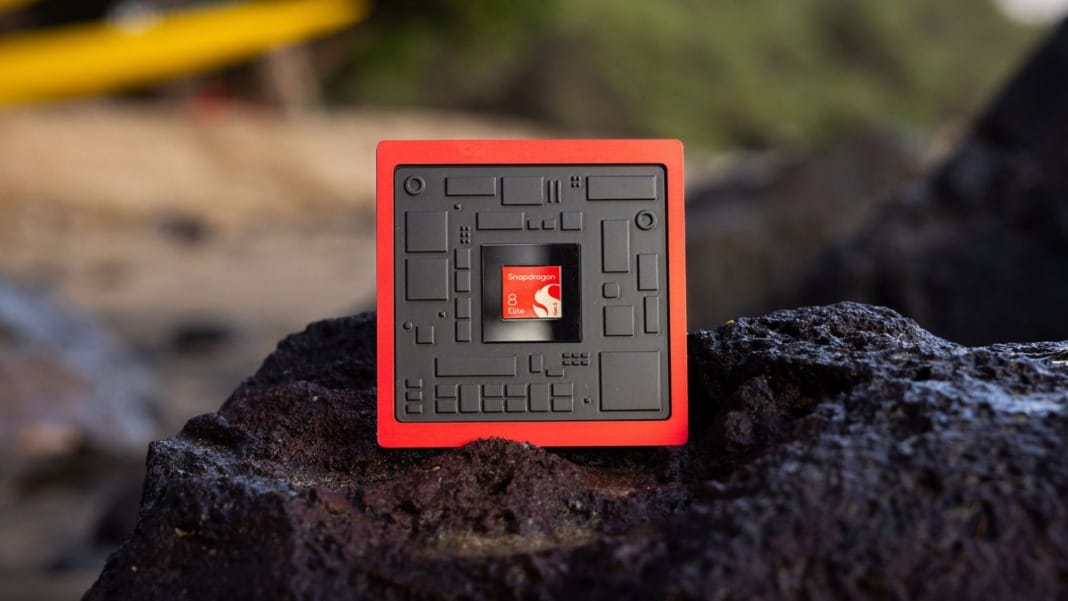Samsung could soon secure a significant boost for its semiconductor business, as reports indicate that the company may take on production of Qualcomm’s Snapdragon 8 Elite Gen 5 for Galaxy. This development, if confirmed, would mark a major step forward for Samsung Foundry in the competitive global chip manufacturing market.
Potential partnership in advanced chip production
According to industry sources cited by South Korean news outlet BizNewDaily, Samsung Foundry recently supplied Qualcomm with sample chips of the Snapdragon 8 Elite Gen 5 built on a 2-nanometre process. While Qualcomm has officially stated that the Snapdragon 8 Elite Gen 5 is manufactured using a 3-nanometre process, the existence of 2-nanometre samples suggests that Samsung is under consideration as a key manufacturing partner for future Galaxy devices.
Currently, Qualcomm’s chips are produced by Taiwan Semiconductor Manufacturing Company (TSMC), a long-time leader in the semiconductor industry. However, if Samsung secures this deal, it could signify a renewed confidence in the South Korean company’s foundry capabilities and signal growing competition in the advanced chipmaking sector.
Focus on performance and efficiency
In recent years, Samsung has collaborated closely with Qualcomm to deliver customised “for Galaxy” versions of the Snapdragon processors for its flagship smartphones. These exclusive variants often come with higher-clocked CPU cores, providing enhanced performance for tasks such as 4K video editing, gaming, and multitasking.
The upcoming Snapdragon 8 Elite Gen 5 for Galaxy, however, may take a slightly different direction. By leveraging Samsung’s 2-nanometre technology, the chip could prioritise improved power efficiency and thermal performance rather than just raw speed. This shift would align with the growing emphasis on energy efficiency in high-end smartphones, balancing performance with battery life and sustainability.
What to expect from the Galaxy S26 series
The Galaxy S26 range is expected to comprise three models: the Pro, Ultra, and Edge. Reports indicate that the Ultra and Edge models may be powered by the Snapdragon 8 Elite Gen 5 for Galaxy, while the Pro version could use Samsung’s in-house Exynos 2600 processor. This dual-chip strategy would continue Samsung’s tradition of offering both Snapdragon and Exynos variants in its flagship lineup, depending on region and model.
Industry analysts suggest that the collaboration between Samsung and Qualcomm could enhance the performance of the Galaxy S26 series, giving it an advantage in efficiency and thermal control. The company’s 2-nanometre process promises higher transistor density and lower power consumption, key factors in next-generation mobile devices.
Samsung is expected to unveil the Galaxy S26 series in February 2026. If the partnership with Qualcomm proceeds as anticipated, the devices could mark one of the first major smartphone releases powered by chips produced using a 2-nanometre manufacturing process, underscoring Samsung’s ambitions to compete head-to-head with TSMC in cutting-edge semiconductor technology.





